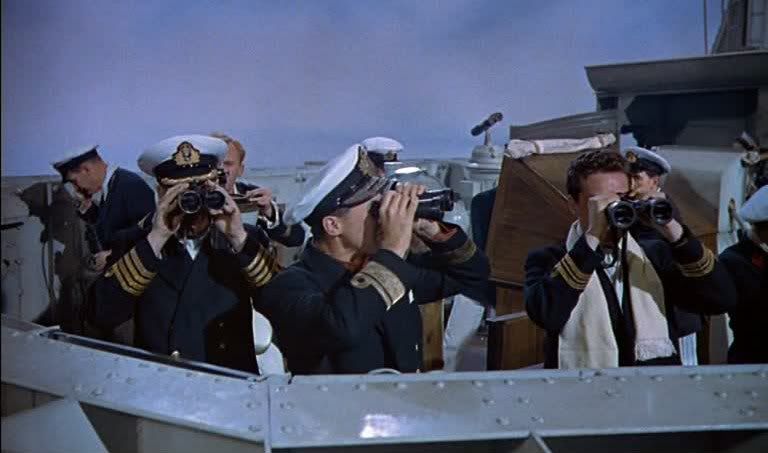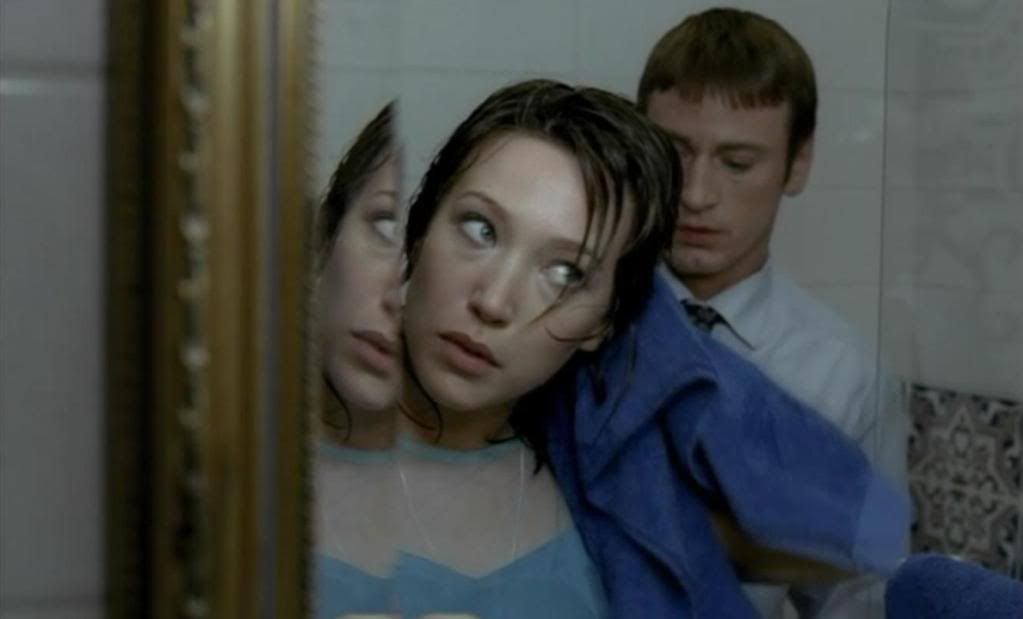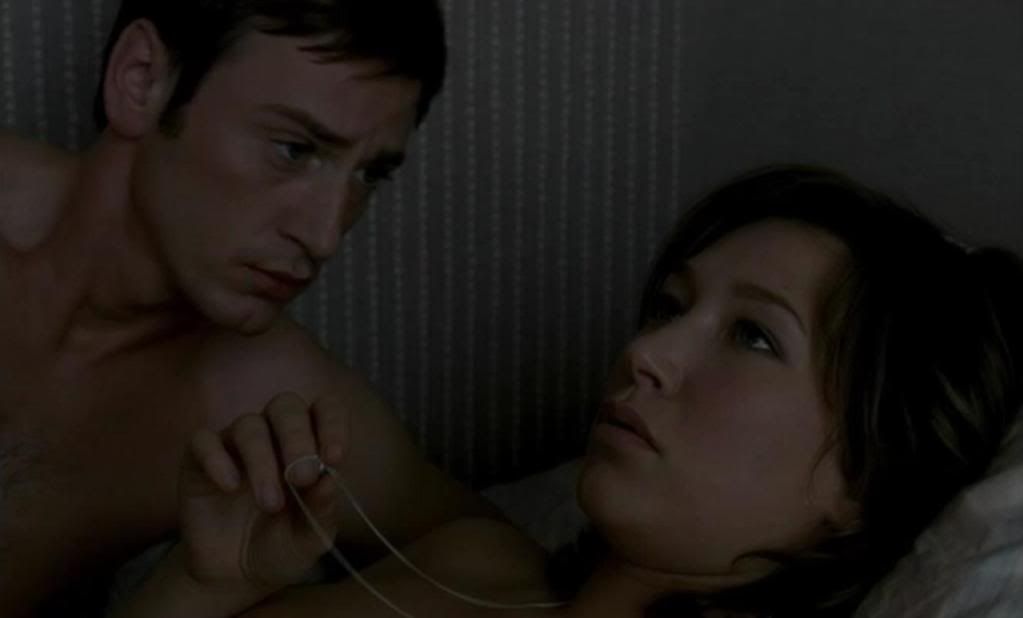
Underground Explosion is Kurt Kren's approximation of the feeling of being frazzled and high at a rock concert. Kren was recording a performance by Krautrock band Amon Düül II at a 1969 underground music festival, but the recording is anything but a straightforward documentation. Instead, the frenzied, fragmentary nature of the film captures the drug-fueled, hazy nature of the music itself, communicating the confused, confusing sensation of this music and these kinds of experimental 60s festivals. The images are shaky and rapidly collaged together so that the action is often unclear: lights, mobs of people, a stage full of musicians, men slow-dancing with one another, performers stripping down at the microphone, a guitar, someone singing. Only sporadically does the frantic flow of images slow down, and then as often as not it's only to photograph some near-empty corner of the auditorium, the camera not settling down on anything in particular. The jagged pace of the editing is what really counts, the shapes and colors that go flying by, rather than the actual content.
Similarly, the soundtrack seldom provides much of a clue as to what the band actually sounds like, their spiky, dissonant rock jams only occasionally coming through clearly. Most of the time, the sound is as unpredictable as the images, giving the impression not of listening to a rock band but of listening to their bassy, distorted pulses through thick walls in a room next door to where they're actually playing. The soundtrack is muted, distorted, sometimes seemingly even reversed and manipulated, the sound occasionally fading out almost entirely to a dull headache-like throb at the edges of awareness.
Like Andy Warhol's famous deconstructive portrait of the Velvet Underground, this film is unsatisfying as a concrete document of a performance, but very satisfying indeed as a blurry, subjective suggestion of the feeling of being there.

Auf der Pfaueninsel is a devilishly simple conceptual joke told with Kurt Kren's characteristic deadpan wit. The film is a minute and 21 seconds long, which consists of a solid minute of methodically displayed credits followed by a few short snippets of "home movies" showing members of the Vienna Aktionists and family members at leisure. The joke is one of expectation, as Kren's opening credits lists the names of Günter Brus and the other Aktionists who will appear in the film. One expects something like Kren's other Aktionist films, a frantic collage of horrifying excerpts from the group's scatological, provocative performances.
Instead, Kren shows the provocateurs offstage, outside of the theater, as family and friends. They're taking a walk, visiting the zoo, goofing around a bit. Brus sees a van with some writing on the side and uses his hands to cover up some of the letters so that it spells "Brus," the kind of goofy, self-conscious joke that anyone would do in a home movie made while hanging around with friends. The other shots in this quick flash of footage are even more mundane, showing the members of the performance art troupe standing around looking at zoo enclosures or just walking along; most of the people named in the credits are never even seen clearly, just appearing from behind as they stroll with their family and friends. It's a very simple gag but a very clever one as well, a way of interrogating the public/private divide. Just because this is a film introduced with a cast list, does that make it every bit as much a performance or a piece of art as the Aktionists' usual displays? Or is it merely a "home movie" like any other?

Getting Warm was the third and best of the three self-described "bad home movies" that Kurt Kren made on a 1981-82 trip to the United States (the other two films in this trilogy of three-minute shorts were Which Way To CA? and Breakfast im Grauen). Shot in New England and Austin, Texas, this is the only one of the three films to be in color, and the change in film stock makes a big difference, giving the film a sensual, evocative quality very different from the dull, quotidian, washed-out grays of the other two films. Kren has said that these films are purposefully more amateurish than real amateur movies, the joke of the "bad home movie" description being that even amateur home documentarians usually edit their tapes a little, whereas Kren leaves in everything he shot. All the banal moments are left in, creating a home movie that simply captures a string of disconnected, soundless, usually quite unassuming moments. At one point, Kren even leaves in a shot in a room where it's too dark to see anything, and the frame goes entirely black for a few moments, the darkness too a document of something that happened, something seen and experienced and captured for posterity on film.
At another point, Kren cuts from night to day and back to night again, with three consecutive shots of a Safeway sign, glowing an eerie neon blue in the darkness, one of the only points of light, but rendered ordinary and unremarkable again in the light of day, in the daytime shot sandwiched in between those two quick slices of neon-lit night. Similarly, a television set flickers and glows, sometimes a square of light surrounded by black, sometimes just a focal point for the bored gaze of a reclining man on the nearby bed. Kren cuts in different views, different times of day and different lightings, to show how ordinary objects can shift and change depending on context, sometimes acquiring a weird prosaic kind of beauty for a few brief moments before a cut.








